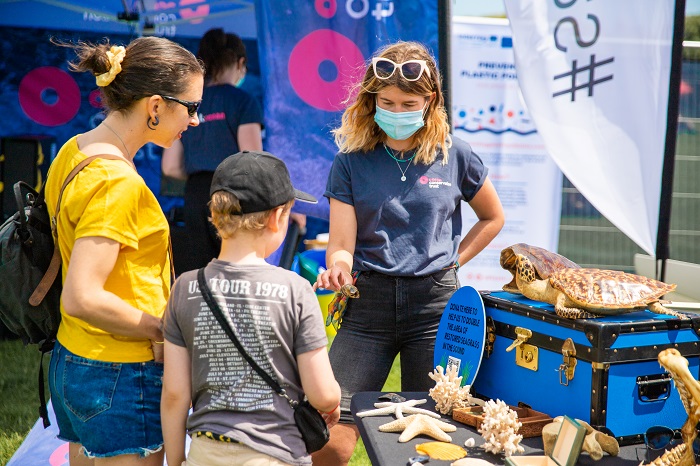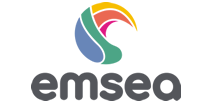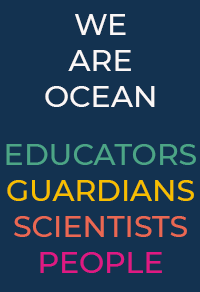
Ocean Literacy emerged in the USA in the 2000s as a concept developed for the education system aimed at teachers.
In 2002 the National Geographic Society and the College of Exploration (CoE) began to develop a guide for a curriculum identifying ocean topics that could be used to teach geography and a guide with detailed ocean content was produced, called Oceans for Life.
In 2004, CoE with the National Geographic Society, the National Marine Educators Association (NMEA), the National Oceanic and Atmospheric Administration (NOAA) Office of Education, the Lawrence Hall of Science in California, the Centers for Ocean Science Education Excellence (COSEE) and NOAA’s Sea Grant Program and several other partners across the United States (US), began a process to develop a similar guide for Ocean Literacy.
In 2005 a guide to Ocean Literacy (OL) was produced, which contained a definition and a set of seven principles and 45 concepts. The purpose was to provide a guide for teachers to use ocean content to teach science in schools from kindergarten to high school.
In the past years, OL became a global movement connecting the human dimension to the ocean aiming at positive change in people’s behavior. OL has exceeded the borders of the USA and has been accepted worldwide. Since its beginnings in the USA and formation of the NMEA, different associations across the world were formed to promote and enhance OL across continents: European Marine Science Educators Association (EMSEA), Canadian Network for Ocean Education (CaNOE), International Pacific Marine Educators Network (IPMEN), and the Australian Association for Environmental Education (AAEE).
Adapting ocean literacy content, concepts, and principles was shown to be important for transferring OL content to different regional scales therefore region-specific OL frameworks were developed such as the Great Lakes Literacy and the Mediterranean Sea Literacy.
The ocean literacy concept has also been recognized by the United Nations (UN) as one of the crucial steps towards the sustainable future of the ocean. One of the key societal outcomes for the Decade is “an inspiring and engaging ocean where society understands and values the ocean in relation to human wellbeing and sustainable development.” This outcome calls for increased ocean literacy at all levels of society with the aim to change society’s relationship with the ocean.
The European Ocean Coalition (EU4Ocean) was also established at the European level to connect different organizations, projects and people to collaboratively advance OL across European countries. This coalition established three different components aiming at different stakeholders: a) EU4Ocean Platform, which connects organizations, initiatives and people, to join forces to deliver a more coordinated approach to OL activities in Europe, including the exchange of expertise, knowledge, and best practices; b) Youth4Ocean Forum, a platform for young people between 16-30 where members can develop projects and initiatives addressing ocean challenges; and c) Network of European Blue Schools, where teachers have a key role in promoting OL to their students and communities by including the ocean into their classroom. Blue Schools are new school ecosystems that foster the acquisition of ocean knowledge, skills and competencies.



